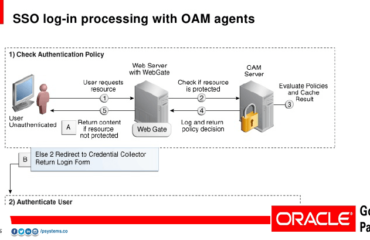
In today’s fast-paced world, businesses are increasingly turning to conversational AI solutions to streamline customer interactions, automate tasks, and deliver personalized experiences. Microsoft’s Power Virtual Agents and Azure Bot Service are two powerful tools that enable businesses to build intelligent chatbots and virtual agents. In this technical blog, we will take a deep dive into the capabilities, features, and benefits of Power Virtual Agents and Azure Bot Service, exploring how they can revolutionize conversational AI.
Understanding Power Virtual Agents:
Introduction to Power Virtual Agents and its role in building chatbots
Exploring the drag-and-drop interface for building conversational flows
Leveraging pre-built content and templates to kickstart bot development
Integrating natural language understanding (NLU) to enable contextual conversations
Creating custom entities and intents for better bot understanding
Exploring Azure Bot Service:
Overview of Azure Bot Service and its integration with Power Virtual Agents
Setting up and deploying a bot using Azure Bot Service
Understanding the bot framework and its extensibility options
Implementing authentication and authorization mechanisms for secure bot interactions
Scaling and managing bot instances with Azure Bot Service
Integrating Cognitive Services:
Harnessing the power of Azure Cognitive Services for enhanced bot capabilities
Adding speech recognition and synthesis to enable voice interactions
Implementing natural language understanding (NLU) using Azure Language Understanding (LUIS)
Leveraging sentiment analysis and language translation for better user experiences
Exploring vision and image recognition capabilities for image-based interactions
Building Intelligent Dialogues:
Designing effective dialogues with Power Virtual Agents and Azure Bot Service
Implementing context handling and conversation state management
Utilizing adaptive dialogs for dynamic and flexible conversations
Leveraging AI-driven suggestions and recommendations for users
Monitoring and analyzing conversations for continuous improvement
Integration and Deployment:
Connecting Power Virtual Agents and Azure Bot Service to various channels (e.g., Microsoft Teams, Facebook Messenger)
Implementing proactive messaging and notifications for engaging user experiences
Deploying and managing bots in different environments (e.g., Azure Bot Service, on-premises)
Leveraging continuous integration and deployment (CI/CD) for seamless bot updates
Monitoring and troubleshooting bot performance with Azure Application Insights
Conclusion:
Power Virtual Agents and Azure Bot Service provide businesses with powerful tools to build intelligent chatbots and virtual agents. From simplified development workflows to seamless integrations and AI capabilities, these services enable businesses to revolutionize their conversational AI strategies. By leveraging the capabilities discussed in this technical blog, businesses can deliver personalized, efficient, and engaging conversational experiences to their customers, thereby transforming their operations and driving customer satisfaction to new heights.”




